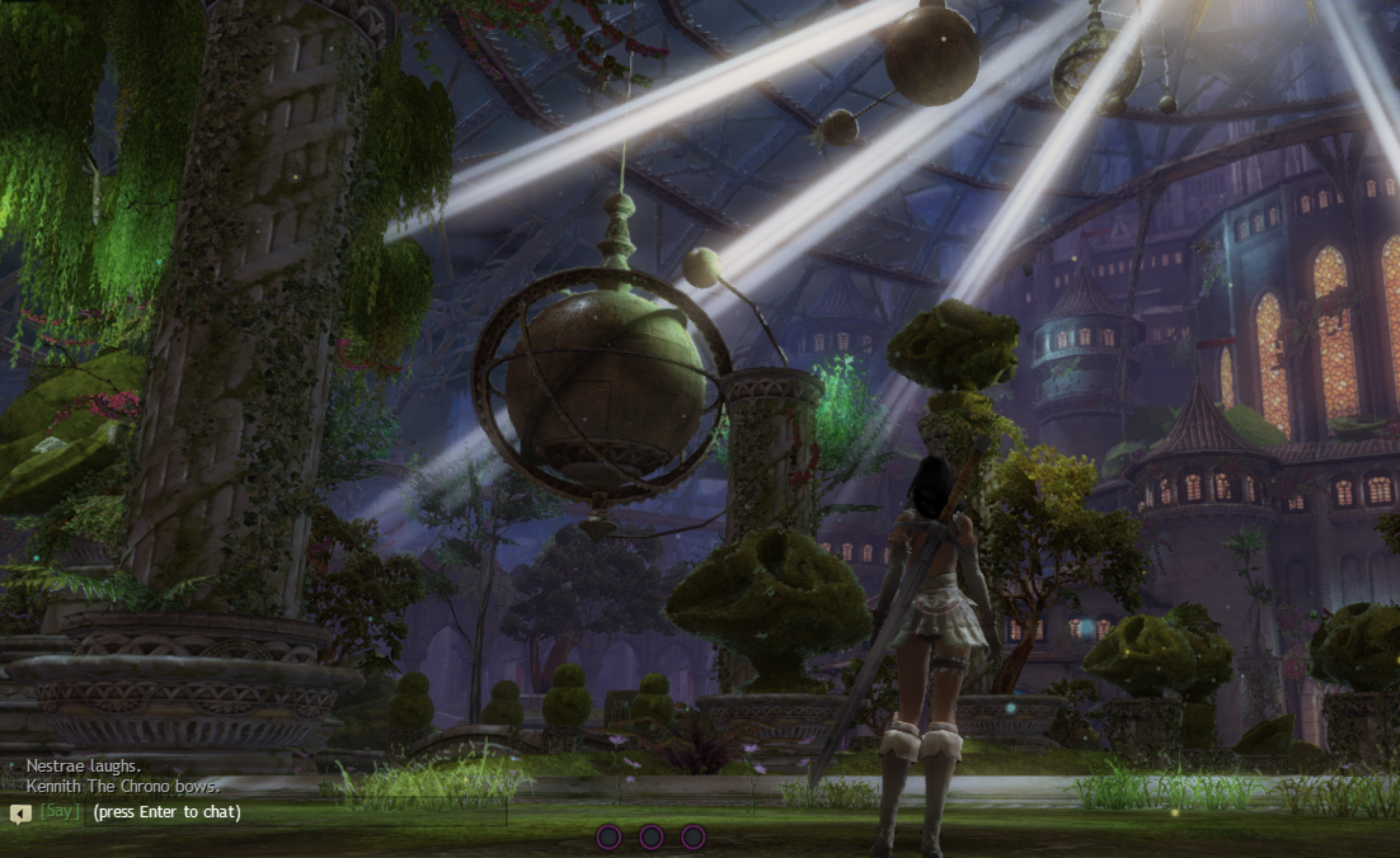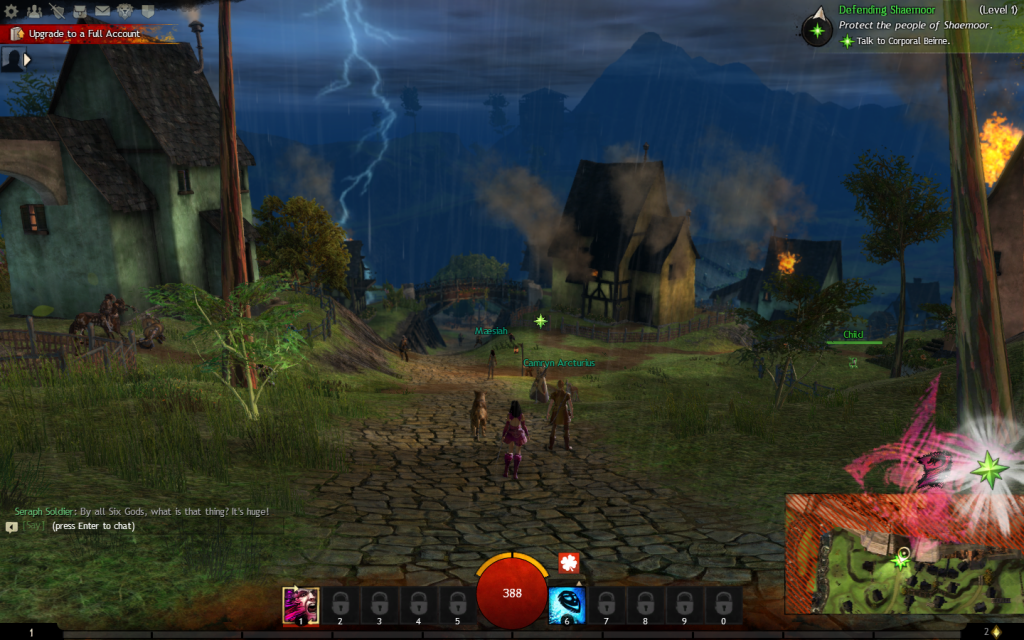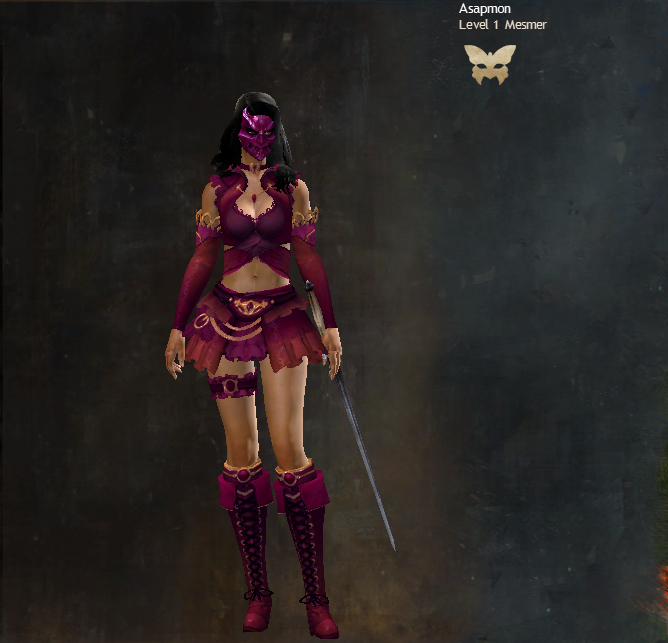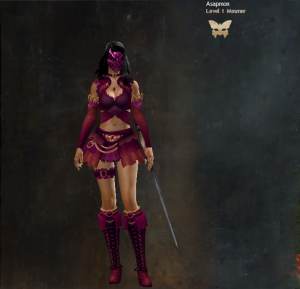Over the course of playing GW2 something that I have found to be of significance is that looking at a game through a GRSJ lens completely changed the gaming experience for me. Although, analyzing any piece of work tends to have that effect. When I am gaming outside of the classroom there are certainly things I notice about the games I play. However, analyzing GW2 made me aware of things I might have otherwise missed such as the theme of colonialism. It is to the point Dr. Stewart made in class, if we analyze everything from a critical lens there will be nothing left to enjoy. However, we must critique sometimes in order to garner a better understanding and for that opportunity I am thankful for this course. The blog posts in particular were quite useful in looking critically at GW2.
Something that I was not aware of was the World Health Organization’s decision to declare gaming disorder to its International Classification of Diseases (ICD). They define gaming disorder “as a pattern of gaming behavior (“digital-gaming” or “video-gaming”) characterized by impaired control over gaming, increasing priority given to gaming over other activities to the extent that gaming takes precedence over other interests and daily activities, and continuation or escalation of gaming despite the occurrence of negative consequences” (WHO, 2018). I support their decision, and approve of their definition. Additionally, I believe that too much of anything can be a bad thing. As soon as something starts having a negative impact on your daily life it is a problem. On their website they also mention that “studies suggest that gaming disorder affects only a small proportion of people who engage in digital- or video-gaming activities” (WHO, 2018). I am glad that this problem is being brought to awareness, and the people who need help are being provided with adequate treatment options. Since it is a problem that does not affect many people it can be harder to identify and provide adequate support and treatment. WHO recognizes this, and that is one of the reasons they decided to declare gaming disorder in the ICD. Even though WHO did this, there is still the possibility of people not taking it seriously, but this was a step in the right direction. Their website did not specify exactly how many people are affected by this condition, and I wonder about this because there are many people who do not have access to video games. This disorder certainly only affects a certain portion of the population, and I think it is important to be conscious of that.
References:
Gaming disorder. (2018, September 14). Retrieved March 31, 2019, from https://www.who.int/features/qa/gaming-disorder/en/



